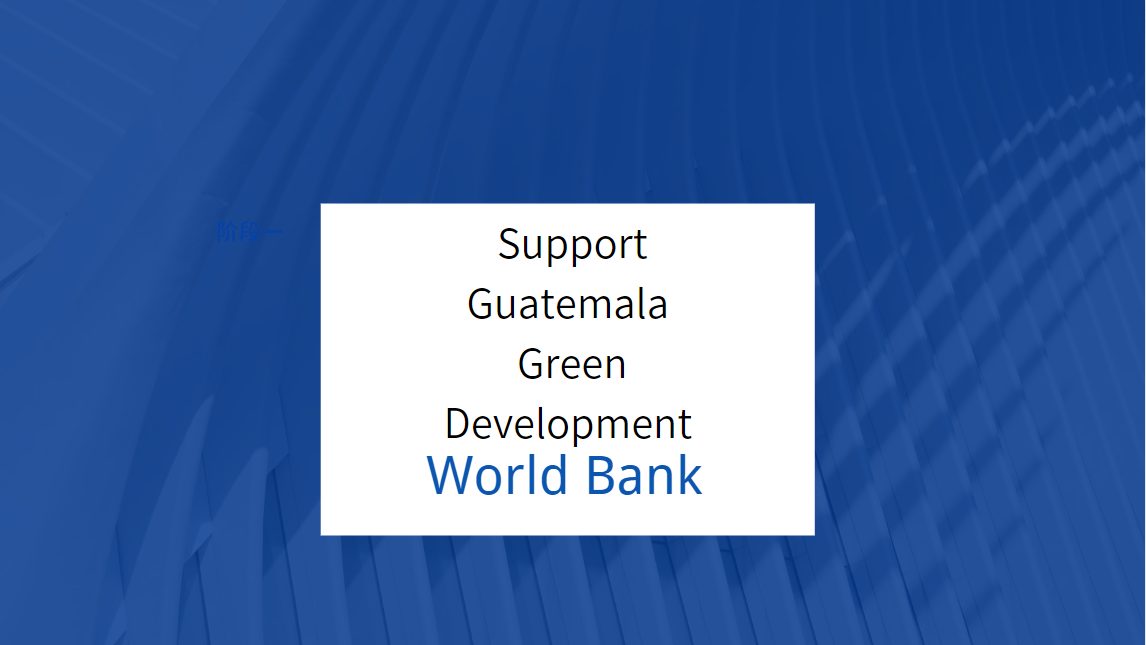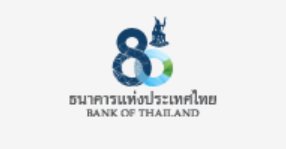Rural Thailand Faces the Largest Poverty Challenges with High Income Inequality
Thailand has made remarkable progress in reducing poverty from 58 percent in 1990 to 6.8 percent in 2020 driven by high growth rates and structural transformation, however 79 percent of the poor remain in rural areas and mainly in agricultural households, according to a Rural Income Diagnostic launched by the World Bank today.
The diagnostic highlights that Thailand’s poverty reduction slowed from 2015 onwards with poverty increasing in 2016, 2018 and 2020, mirroring a slowing economy, stagnating farm and business incomes and the COVID-19 crisis. It finds that in 2020, the poverty rate was over 3 percentage points higher in rural areas than in urban zones and the number of rural poor outnumbered the urban poor by almost 2.3 million. The distribution of poverty has also been uneven across geographic regions with the poverty rate in the South and in the Northeast almost double the poverty rate at the national level.

“Thailand has the potential to support faster and sustained income growth of rural households,” said Fabrizio Zarcone, World Bank Country Manager for Thailand. “As Thailand’s economy adjusts to a new normal post-COVID, policy measures that increase agricultural productivity, support diversification to higher value crops, and improve access to markets through better rural connectivity and digital technology adoption can help overcome the constraints faced by the rural poor.”
According to the study, the COVID-19 pandemic has severely affected the urban sector due to strict mobility measures, business closure and jobs layoffs. However, the urban sector is expected to rebound faster while the impact of the crisis will be longer-lasting in the rural economy. Results from the World Bank Thailand COVID-19 monitoring phone survey revealed that 70 percent of rural households reported a reduction in their income since March 2020.
The analysis also finds that with an income Gini coefficient of 43.3 percent in 2019, Thailand has the highest income inequality rate in the East Asia and Pacific region. For rural households, the average monthly income was only around 68 percent of urban households. Rural households also continue to suffer from low education, a large number of dependents, and difficult living conditions.
“Cross-cutting policy measures related to skills development will also be important to support rural households,” said Nadia Belhaj Hassine Belghith, Poverty Economist at the World Bank. “With low levels of education and digital literacy compounded by an aging farmer population, it is important to build the skills of farmers, both young and old, to enable them to adapt to the changing context of climate change and benefit from new technologies.”
The World Bank Rural Income Diagnostic for Thailand aims to examine the challenges and opportunities to improve income and productivity in the rural sector. The diagnostic also examines how to facilitate income growth in the short to medium term and places a particular focus on farming households given their higher poverty and vulnerability.




















































First, please LoginComment After ~